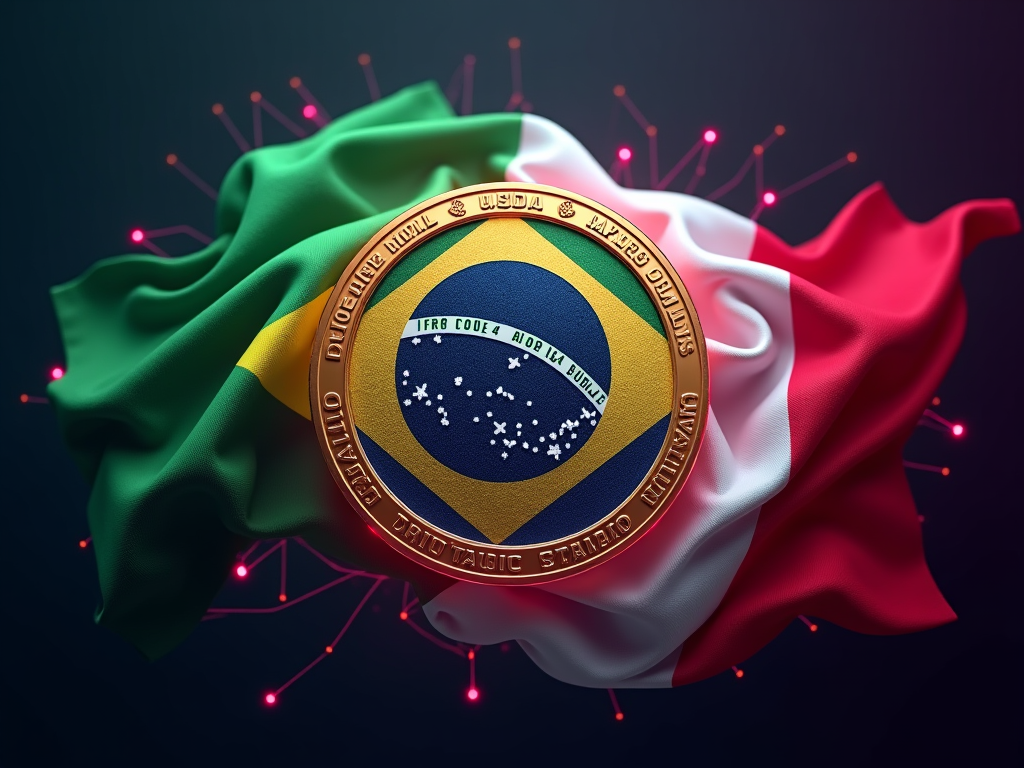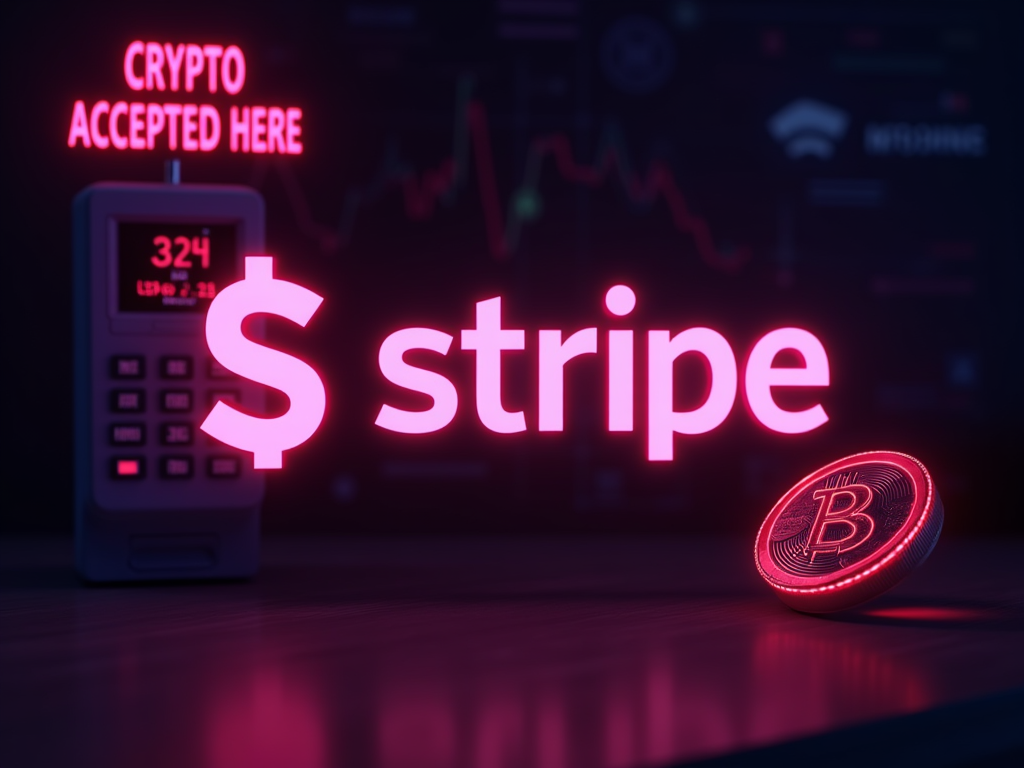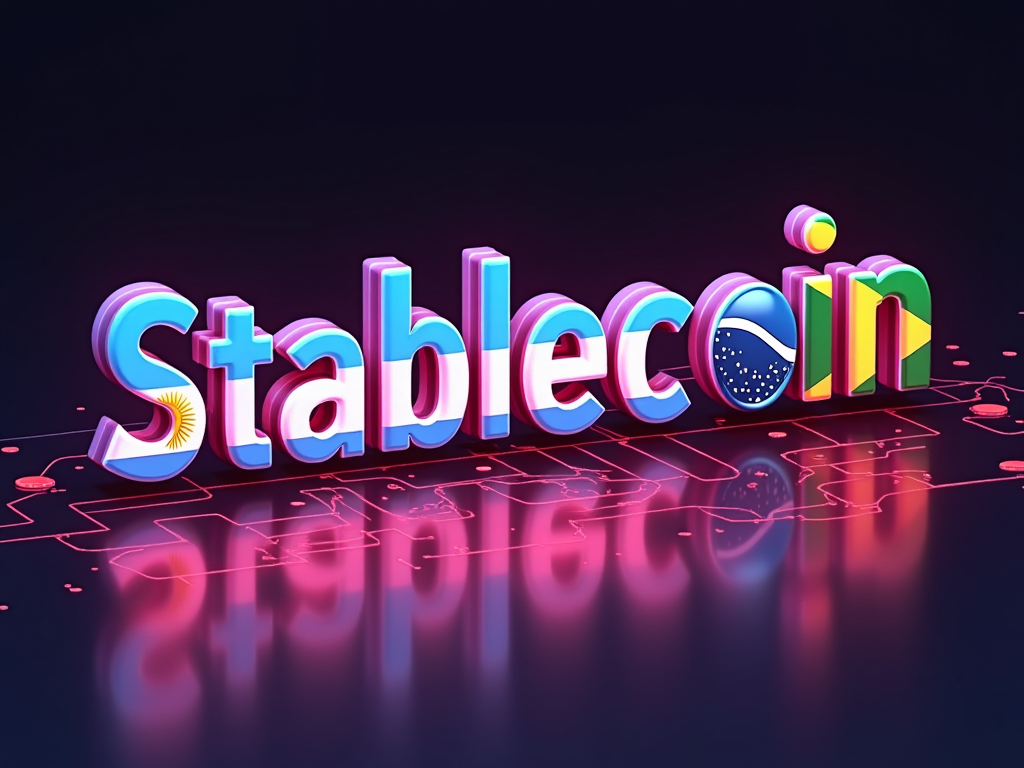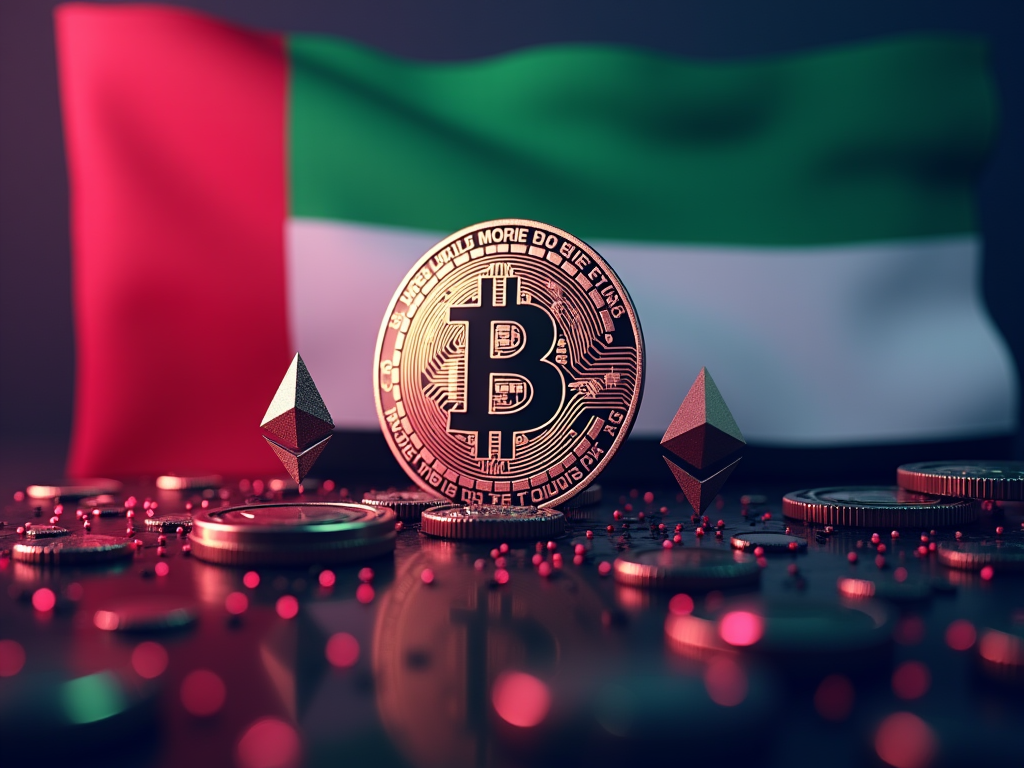Key Points
- Circle now offers USDC through Brazil’s PIX and Mexico’s SPEI real-time payment systems, allowing businesses to access the stablecoin directly using local currencies. This eliminates the need for international wire transfers, reducing transaction times from days to minutes.
- The move targets two major G20 economies with significant USD-denominated trade flows, potentially disrupting traditional cross-border payments and remittances. Mexico-US remittances alone topped $63 billion in 2023, traditionally subject to high fees.
USDC Integration Promises Faster, Cheaper Transactions
Circle, the company behind the USDC stablecoin, has announced a major expansion of its services in Latin America. Businesses in Brazil and Mexico can now access USDC directly through their countries’ respective real-time payment systems, PIX and SPEI. This integration allows for the purchase of USDC using Brazilian Reais (BRL) and Mexican Pesos (MXN) at competitive rates, bypassing the need for USD conversion.
The move represents a significant step towards reducing friction in cross-border transactions. By eliminating international wire transfers, Circle aims to slash processing times from days to mere minutes, potentially freeing up capital that would otherwise be tied up in settlement processes.
Targeting Major Trade Corridors
Circle’s expansion strategically targets two of the largest economies in Latin America, both with substantial USD-denominated trade flows. Mexico stands as one of the United States’ largest trading partners, with annual bilateral trade exceeding $800 billion. Meanwhile, Brazil conducts 95% of its $640 billion annual foreign trade in US dollars.
The US-Mexico remittance corridor, the world’s largest, presents a particularly compelling use case for USDC adoption. In 2023, remittances to Mexico reached $63 billion, accounting for up to 4% of the country’s GDP. Traditional remittance services often charge fees averaging 6.35% of the transfer amount. USDC and other stablecoins typically offer significantly lower costs, potentially disrupting this multi-billion dollar market.
Bridging Traditional Finance and Blockchain
This move by Circle represents a growing convergence between traditional financial systems and blockchain technology. By integrating with established national payment networks, USDC gains legitimacy and ease of access for businesses that may have been hesitant to engage with cryptocurrencies directly.
Circle anticipates further integrations with local banks and payment systems globally as the benefits of blockchain-based settlement become more widely recognized. This expansion in Brazil and Mexico could serve as a model for future growth, potentially accelerating the adoption of digital currencies for both domestic and international transactions.













